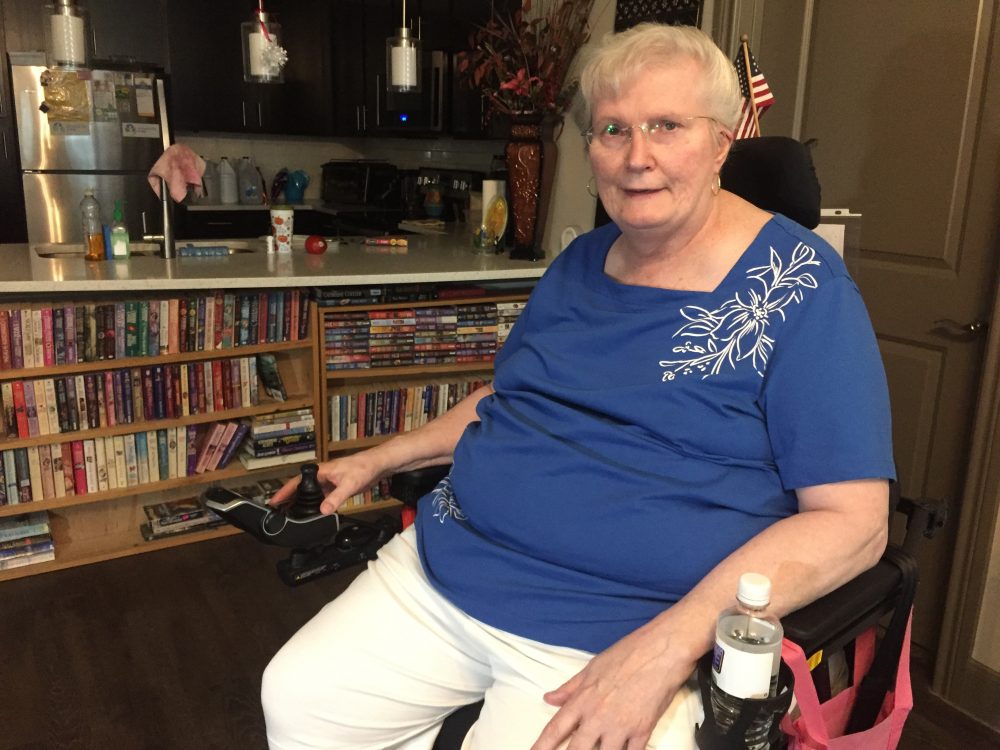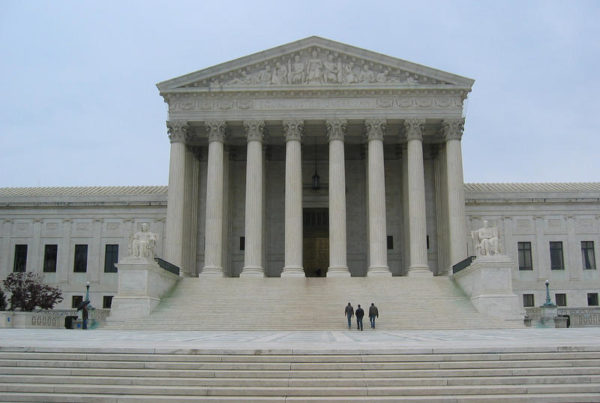The Houston Housing Authority is finally set to rebuild a senior housing facility, four years after it was flooded by Harvey. But construction is expected to take years, further delaying the former residents’ dream of moving back.
The Houston City Council recently approved $25 million from federal Hurricane Harvey funds toward the $62 million reconstruction of 2100 Memorial. Mark Thiele, interim president at the Housing Authority, said demolition should start in the next few weeks.
“We’re at the end of the beginning, sort of, and really getting moving,” he said. “Demolition (will last) about six months and construction about 22 months. So that puts us roughly, depending on how long these last steps take, then beginning of ’24.”
In 2019, the Housing Authority had said the building would be rebuilt within three years. But Thiele said it took a while to work through issues with the residents who didn’t want to leave, and then to get the funding.
The last few tenants moved out in October, after individual arrangements with the Housing Authority, he said.
Paula Sitter, a former tenant, was happy at the Holiday Inn-turned-senior housing facility just west of downtown Houston, despite some of the problems it may have had.
“We could go down each morning, we could do puzzles,” she said. “We could go to functions; we could go out walking around because, you know, the Buffalo Bayou was right across the street.”
But like the rest of the building’s nearly 200 tenants, she was told to move out after Harvey flooded the high-rise’s first floor and damaged electrical equipment.
That was enough for the Houston Housing Authority to declare the building unlivable and issue a five-day eviction notice.
But the seniors didn’t want to leave, and some filed a lawsuit through Lone Star Legal Aid to fight the eviction. A judge issued a temporary injunction, meaning they could stay put pending the litigation. Two years later, they reached a settlement.

Before & After reconstruction of 2100 Memorial.
“That settlement basically provided that our clients would get vouchers to allow them to move to another affordable housing complex that was safe,” said Rich Tomlinson, who was the lead litigator with Lone Star Legal Aid. “And they would also get a sum of money to deal with some of what they went through dealing with the Housing Authority.”
t also granted the former residents preference to move back in when the new building is up, Tomlinson said.
Unlike the current 14-floor high-rise, the new 2100 Memorial will only have five floors and instead be spread out wider across the property.
It will still have 197 units and house mostly lower-income seniors.
Not all of the former tenants can — or want to — move back. They’re spread across public housing and private apartments in Houston.
Paul Blinn, who suffers from multiple sclerosis and uses a wheelchair, now lives in an apartment complex on the Near Northside, with a friend who serves as his fulltime caretaker.

Paul Blinn would like to move back to 2100 Memorial when the new building is ready but he doubts he would have everything he needs there.
Florian Martin/Houston Public Media
“I would love to go back to that location,” Blinn said. “But they’re not going to have anything suitable.”
The 73-year-old was one of the plaintiffs in the lawsuit and initially didn’t want to leave. But his condition worsened, he said, and he has now accepted that he will probably stay where he is for the long run.
“Because of my situation, I need a bedroom for the living aid and I need a room for some of the equipment I’ve got,” Blinn said. “And so I need basically three bedrooms.”
Sitter, on the other hand, doesn’t feel safe in her current neighborhood in Independence Heights, which she said has seen shootings and murders since she moved there.
But while she is eager to move back to 2100 Memorial, she’s glad the old building is being torn down – a change from the beginning when she, along with many other tenants, objected to demolition.
Then they took her to the storage room. The flood damage she saw – plus a terrible bed bug infestation and asbestos in the walls – convinced her that the building needed to go.
She later worked with the Housing Authority to convince other tenants to get out.
Still, nearly four years after Harvey, Sitter isn’t happy with the pace of the development.
Sitter still keeps in touch with many of the former tenants, and said most want to move back. But there are some who won’t return: 19 of the nearly 200 former residents have died, she said.
”They’ve been going so slow about this, you know, about doing the remediation, doing the demolition,” she said.














